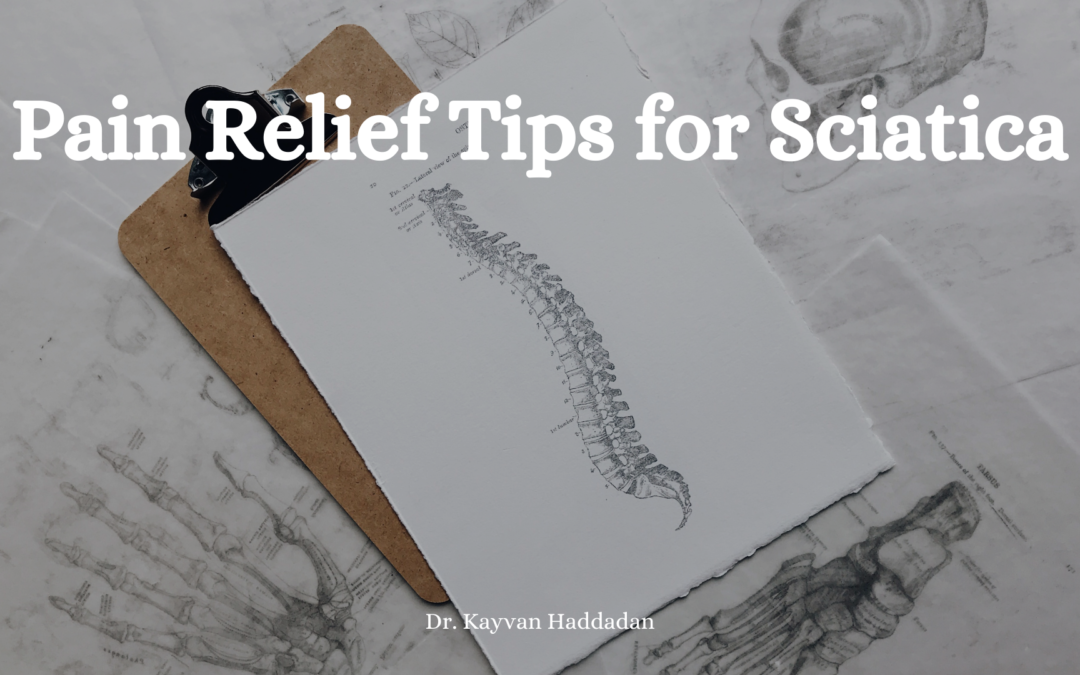Sciatica is a form of pain that radiates along the path of the sciatic nerve. The sciatic nerve goes from the lower back through the hips, buttocks, and down each leg. Sciatica usually only affects only one side of your body and often occurs when part of the nerve is compressed by a herniated disk, bone spur on the spine, or narrowing of the spine. This causes symptoms such s inflammation, pain, and numbness in the affected leg.
Sciatica pain can be quite severe, but most cases resolve with non-operative treatments within weeks, however, in extreme cases that cause significant leg weakness, bowel changes, or bladder changes, surgery is often the best solution. As surgery is not a common route for pain relief for sciatica, here are some helpful tips to help alleviate some of the pain it causes:
Gentle Exercise
While exercise is probably the last thing you’re considering when dealing with the pain of sciatica, research has found that exercise can be effective pain relief for the condition. This is because too much rest can actually aggravate your back and leg symptoms. It’s recommended to engage in light or gentle exercise to ease sciatica. Gentle exercising like walking will keep the spine strong without causing additional damage.
Cold or Hot Treatment
Both hot and cold treatments can help you feel more comfortable. If sciatica has just struck, then cold treatment is usually best. Place an ice pack on the affected area or areas for 15-20 minutes at a time. After about 72 hours, try treating the pain with heat instead with a heating pad, again doing 15-20 minute intervals. When using cold or hot treatments, be sure to keep a barrier to protect your skin, such as a piece of cloth or towel.
Medications
If natural remedies are not alieving your pain, then over-the-counter, non-steroidal anti-inflammatory drugs are another option to ease sciatica symptoms. Ibuprofen and naproxen are great options for relieving your pain and can also bring down inflammation. Before taking any medication, be sure to talk with your doctor to discuss if it is the best option for you. Follow the dosage instructions on the drug’s label unless other directed by your doctor.
